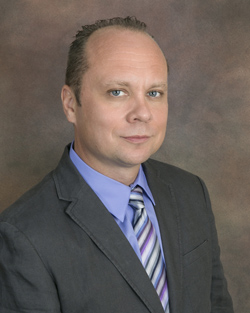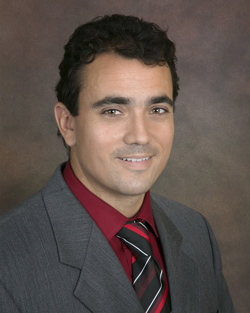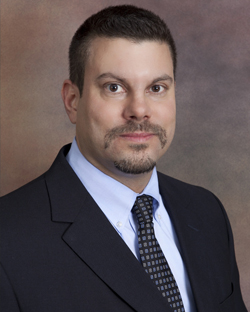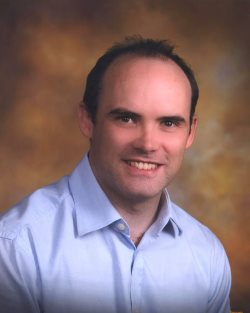Integrated Pain Management & Physical Medicine and Rehabilitation (PM&R)
With three physicians and three advanced practice practitioners, our team offers the latest treatments in interventional pain management. Our physicians and staff are committed to providing our patients with the best possible experience. Our goal is to help patients manage their pain by finding ways to reduce or relieve it. By doing so, we can help improve your quality of life and allow you to return to your normal activities.
We will work to find the best personal treatment plan to treat your chronic pain and we strive to provide each patient with compassionate and comprehensive care to improve your quality of life.
While we treat many different types of pain, back pain is one of the most common ailments that pain management specialists treat.
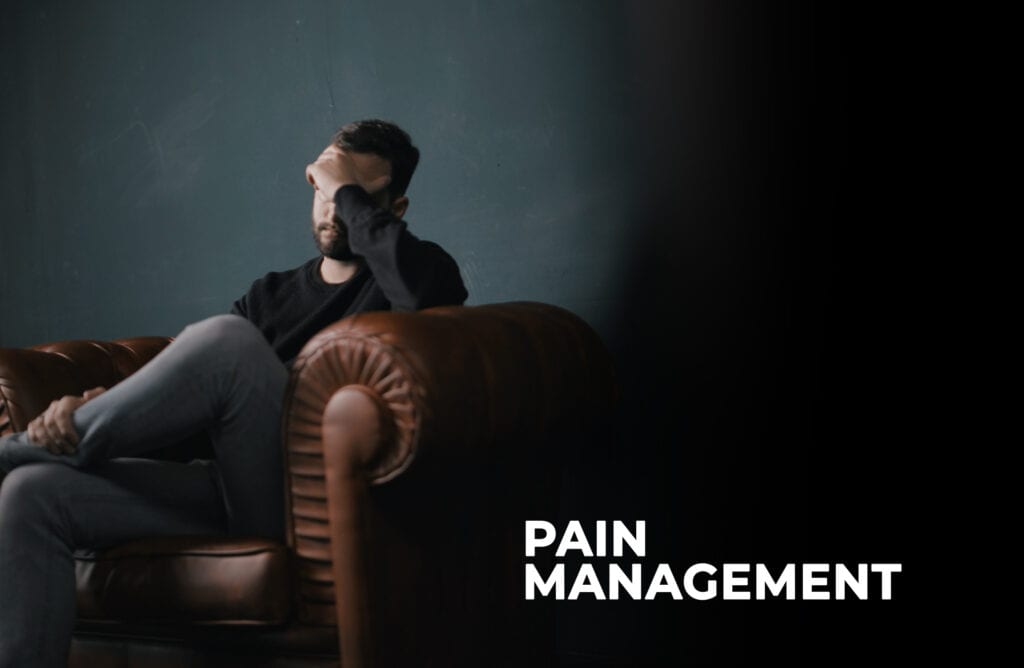
Meet Our Pain Management Doctors

Pain Management Procedures Offered
-Ankle/Foot Procedures
-Elbow Procedures
-Epidural Steroids
-Headache Procedures
-Hip Procedures
-Intradiscal Procedures
-Joint Steroid Injections
-Knee Procedures
-Lower Back Procedures
-Neck Procedures
-Radiofrequency Ablations
-Sacroiliac Joint and Facet Joint Blocks
-Shoulder Procedures
-Spinal Cord Stimulator
-Spinal Cord Stimulator Trials and Permanent Implantations
-Viscosupplementation

Pain Management Procedures Offered
-Ankle/Foot Procedures
-Botox for Cervical Dystonia
-Botox for Migraine Treatment
-Botox for Spasticity
-DRG Simulator
-Electromyography (EMG)
-Headache Procedures
-Hip Procedures
-Knee Procedures
-Lower Back Procedures
-MILD Procedures
-Medtronic Pain Pump Management
-Musculoskeletal Ultrasound
-Neck Procedures
-Peripheral Nerve Stimulator
-Platelet Rich Plasma Injection
-Shoulder Procedures
-Spinal Cord Stimulator
-Ultrasound Guided Injections
-Viscosupplementation
-Wrist/Hand Procedures

Pain Management Procedures Offered
-Elbow Procedures
-Facet Joint Blocks
-Headache Pain
-Hip Pain
-Knee Pain
-Lower Back Pain
-Lumbar and Cervical Epidural Procedures
-Neck Pain
-Radiofrequency Ablations
-Sacral Pain
-Shoulder Pain
-Spinal Cord Stimulators
-Viscosupplementation
-Wrist/Hand Pain
Certified to treat musculoskeletal pain/spasms, chronic pain and neuropathic pain with Medical Marijuana.
Back Pain Q&A
Pain Management Frequently Asked Questions
One of the most common reasons individuals miss work and visit the doctor is back pain. It is one of the primary causes of disability and poor life quality. People’s discs often degrade as they get older. The lumbar discs degrade over time as a result of wear and tear and the tension we place on our backs. Our discs can no longer perform their functions, and we experience pain as a result of this wear and tear. Many people avoid seeking medical help for their back discomfort because they don’t want to undergo back surgery. Their discomfort frequently worsens, and their condition remains unchanged. Surgery isn’t the sole option, and a pain management specialist can assist you in determining the source of your back discomfort.
Surgery isn’t the only way to get rid of chronic back pain. To keep you pain-free and out of surgery, the Slocum-Dickson pain management team employs a variety of techniques. Injections such as epidural steroid, sacral steroid, trigger point, joint, intra articular, and facet join are common therapies. Nerve blocks and radiofrequency ablations are two other procedures. Slocum-Dickson’s pain management department will find the source of your suffering and help you live a pain-free life.
One of the best things about Slocum-Dickson is the continuity of care. If our pain management team determines that the pain management treatment is no longer working for your particular condition, they can refer you directly to our Physical Therapy team or our Orthopaedic Department for additional care. All of our physicians are on your care team and they share your medical history, test results, treatment plans and health goals. The Slocum-Dickson team will work together as a cohesive team to provide you with the best possible care.
If you’re still feeling back pain after three months of recovery from back surgery, you should consider scheduling an appointment with one of our pain management specialists. Pain control and management after surgery can make a difference in your overall recovery time. Swelling and scar tissue can cause back pain after surgery. This doesn’t necessarily mean the surgery was not a success, but sometimes it’s beneficial to combine pain management and physical therapy during your postoperative period. Often a Pain Management specialist can help you achieve the relief you are searching for.
An alternative to patients suffering from chronic or acute pain who have tried other treatment methods without success. This approach utilizes a multidisciplinary approach, where teams of health care professionals work together to provide a vast range of treatments and services to patients suffering from chronic or acute pain.
PMR, also known as Physical Medicine and Rehabilitation, or Physiatry, is a branch of medicine that focuses on enhancing the quality of life and functional ability of individuals who have physical disabilities or impairments. In order to help patients regain their independence, PMR uses non-surgical treatments including physical therapy, medicine, and assistive devices to treat illnesses like strokes, spinal injuries, and chronic pain that impair movement and function.
Additional Pain Management Treatments & Services
Orthopaedic Surgery Services Include
- Rotator Cuff Procedures – The rotator cuff is a group of muscles and tendons that form a cuff over the shoulder. Rotator cuff procedures are performed to repair a torn tendon in the shoulder.
- Labrum Procedures – Labral procedures are used to reverse damage to the labrum, or cartilage, in the shoulder.
- Meniscal Procedures – A common operation to remove or repair a torn meniscus, a piece of cartilage in the knee.
- Endoscopic Carpal Tunnel – Endoscopic carpal tunnel release refers to a method of performing carpal tunnel surgery using an endoscope or an arthroscopic device to provide visualization of the anatomic structures.
- Shoulder, Knee & Hip Arthroscopy – This procedure is used for diagnosing and treating joint problems. A surgeon inserts a narrow tube attached to a fiber-optic video camera through a small incision to view inside your joint.
- Minimally Invasive Hip, Knee and Shoulder Surgery – Surgical procedures that are performed through tiny incisions instead of a large opening. By using smaller incisions, patients have a quicker recovery time and less pain when compared to traditional open surgery, and have the same benefits as traditional surgery.
- And Many Others
Physical Therapy Services Include
- Orthopaedic Injuries & Sports Medicine Injuries – any injury to the musculoskeletal system. Often, these injuries relating to the bones and joints are a result of an accident or trauma to the body.
- Lower Back Pain And Neck Pain – Muscle injury is the most common cause of acute neck and back pain, which is the result of muscle fibers being stretched too far and resulting in tearing. Muscle injuries are commonly caused by overuse- usually from heavy lifting and repetitive motions that put continual stress on the back or neck muscles.
- Arthritic Conditions – Inflammation of one or more joints, causing pain and stiffness that can worsen with age.
- Headaches – A painful sensation in any part of the head, ranging from sharp to dull, that may occur with other symptoms.
- Post-Fracture Management – Management is to reduce the fracture (open or closed) in a manner that will restore normal anatomy and maintain the reduced position through an immobilization/fixation technique
- Tendonitis / Bursitis – A condition in which the tissue connecting muscle to bone becomes inflamed.
- Strains and Sprains – A stretching or tearing of ligaments, the fibrous tissue that connects bones and joints.
- Balance Disorders / Dizziness / Vertigo – A sudden internal or external spinning sensation, often triggered by moving your head too quickly.
- Reflex Sympathetic Dystrophy (RSD) – RSD used to describe one form of Complex Regional Pain Syndrome (CRPS) is chronic arm or leg pain developing after injury, surgery, stroke, or heart attack.
- Gait Evaluations – An assessment of the way the body moves, usually by walking or running, from one place to another.
- Wound Care Management – Using both direct and indirect techniques to treat wounds and providing the appropriate environment for healing in conjunction with the prevention of skin breakdown.

